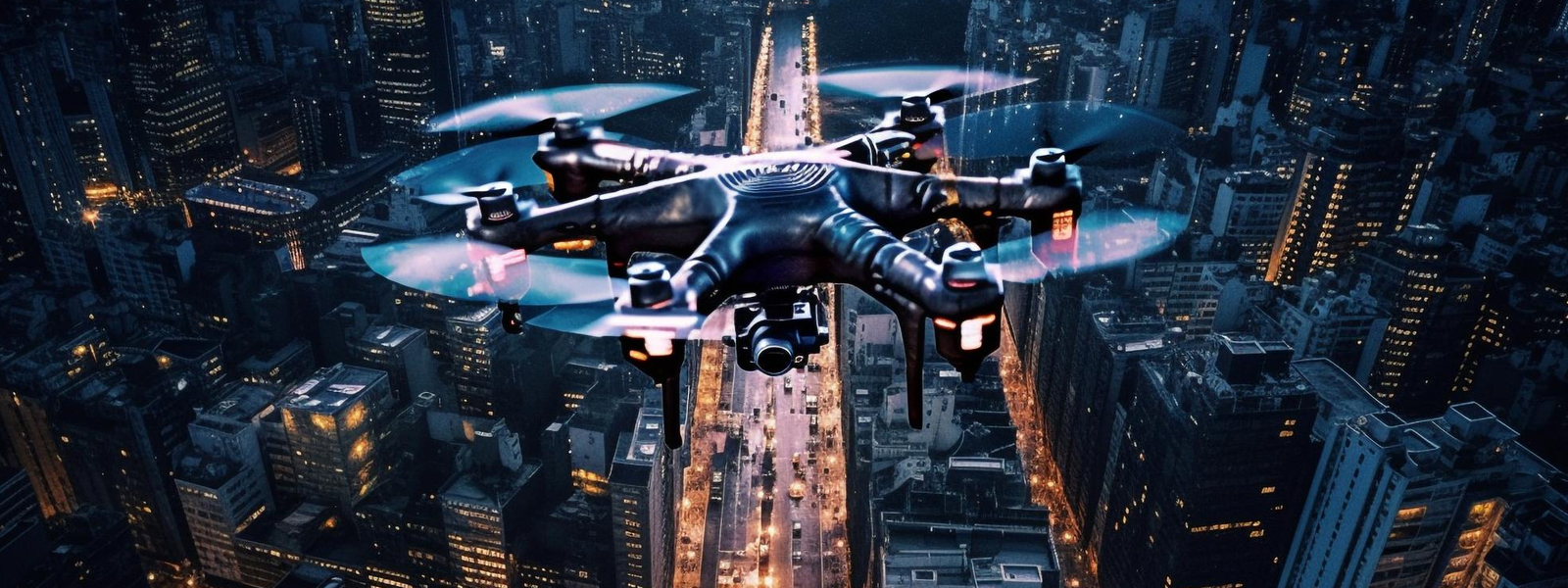AGP China Technology Report - Disaster Response & Search and Rescue Robots
Table of Contents
Page Section
03 Technology Overview
06 Historical Development Timeline
09 Product Differentiation
13 China Technology Ecosystem
16 Sino-Foreign Collaboration
19 Common Applications In China
23 Government Policy Support
25 Impact On Market Incumbents
28 Final Conclusion
29 Appendices
1.1 Global Snapshot
Definition and Classification
Disaster Response and Search and Rescue (SAR) robots are specialized robotic systems developed for emergency situations such as natural disasters, industrial incidents, and security threats. These robots are categorized based on their environment and mobility:
- Land-based Robots: Utilize wheels, tracks, or legs for mobility in debris-laden and uneven terrains.
- Aerial Robots (Drones): UAVs that offer aerial surveillance and delivery of essential supplies to remote areas.
- Marine Robots: Operate underwater to conduct search and rescue missions.
Key Technologies
The effectiveness of SAR robots is underpinned by several critical technologies:
- Artificial Intelligence (AI) and Machine Learning (ML): Facilitate autonomous operations, real-time data processing, and learning from missions.
- Advanced Sensors: Integrate LiDAR, thermal imaging, and multispectral cameras for detecting survivors and evaluating structures.
- Autonomous Navigation Systems: Use GPS, IMUs, and SLAM algorithms for precise navigation.
- Communication Systems: Employ robust networks like 5G for uninterrupted data exchange between robots and operators.
- Power Systems: Depend on high-capacity batteries for extended missions.
Global Benchmarks
Prominent examples include:
- Boston Dynamics' Spot: Quadruped robot adept at navigating rough terrains and carrying equipment.
- DJI's Matrice Series: Drones with thermal cameras and AI for aerial missions.
- OceanOne by Stanford University: Humanoid underwater robot for deep-sea operations.
Market Overview
The global SAR robot market is rapidly expanding:
- Market Size: Valued at approximately USD 18.51 billion in 2023, projected to reach USD 70.33 billion by 2030, with a CAGR of 14.79%.
- Regional Insights: North America leads with a 35% market share, followed by Europe at 30%, and Asia Pacific at 25%. Asia Pacific is expected to grow fastest due to technological advancements.
- Technological Trends: AI and sensor advancements are boosting robot autonomy and operational capabilities.
1.2 China Snapshot
Market Position and Capabilities
China is becoming a major player in the SAR robot industry:
- Market Share: The Chinese robotics industry surpassed CNY 170 billion in revenue in 2022, showing potential in the SAR segment.
- Domestic Capabilities: Progress in core components like harmonic drives and AI algorithms enhances the performance and cost-effectiveness of SAR robots.
Leading Firms and Deployments
Key Chinese companies include:
- DJI: Renowned for drones, especially the Matrice series used in disaster responses.
- Siasun Robot & Automation: Develops land-based robots for high-risk rescue missions.
- Unitree Robotics: Produces quadruped robots for complex terrain navigation.
National Policies and Industrial Targets
Government initiatives to support the robotics industry include:
- Made in China 2025: Aims to make China a global manufacturing leader, with a focus on robotics and AI.
- MIIT Initiatives: Targets include developing globally competitive robot manufacturers and capturing a significant domestic market share.
Cost-Performance Edge and Application Scaling
China's advantage lies in producing high-quality SAR robots at lower costs, facilitating wide adoption in sectors like disaster response and urban rescue.
Role in Advancing New Productive Forces
SAR robots contribute to China's "new productive forces" by:
- Boosting Disaster Response Efficiency: Robots reduce response times and enhance mission effectiveness.
- Supporting Industrial Upgrading: Aligns with goals for technological innovation and modernization.
Policy Relevance and Tech-Industry Integration
Integrating SAR robots into national disaster management strategies highlights the importance of policy support for technological progress. Collaboration between government, academia, and industry is vital for growth and technology deployment.
1.3 Market Size
Global Market Estimates
The SAR robot market is set for robust growth:
- Market Size: Estimated at USD 35.29 billion in 2025, reaching USD 70.33 billion by 2030, with a CAGR of 14.79%.
- Growth Scenarios:
- High: Driven by tech advancements and increased investment.
- Medium: Steady growth through continued development and moderate funding.
- Low: Slower growth due to regulatory and financial challenges.
China-Specific Estimates
While specific figures for China's SAR robot market are sparse, significant investments in robotics and AI indicate a strong growth trajectory. The government's ambition to lead in robotics suggests substantial market potential.
Market Breakdown
Segments include:
- Application Domain: Disaster response, military operations, industrial accident management.
- Customer Segment: Government agencies, defense organizations, private companies.
- Geography: North America, Europe, Asia Pacific, Latin America, Middle East & Africa.
Understanding these segments helps stakeholders identify opportunities and tailor strategies effectively.
AGP Insights
Download PDF.
Your PDF report was sent successfully to your inbox!
Related Insights.











